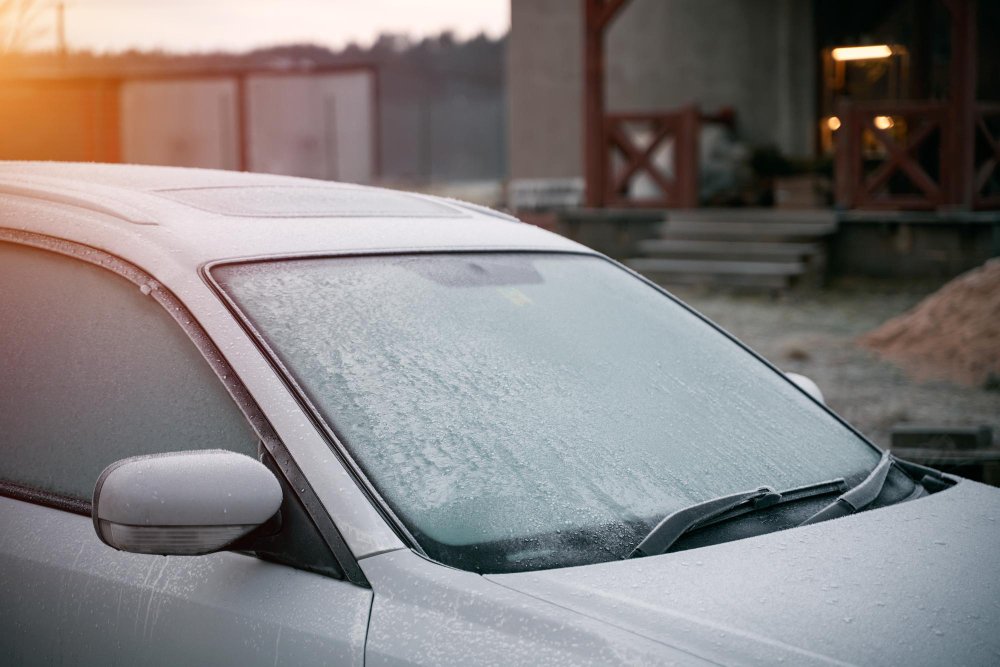Exactly How Vehicle Window Tinting Safeguards Your Lorry's Inside
Wiki Article
Window Tinting Laws and Guidelines: What You Need to Know Prior To Tinting Your Cars And Truck
Prior to continuing with home window tinting for your car, it is important to familiarize yourself with the varied legislations and standards that control this practice throughout various states. These laws determine the acceptable levels of color darkness, usually gauged by visible light transmission (VLT) percents, and consist of certain stipulations for front windshields aimed at ensuring road security.Overview of Home Window Tinting Laws
Home window tinting laws are often subject to variation across various jurisdictions, reflecting neighborhood regulations and safety factors to consider. These regulations dictate the allowable degrees of color darkness and reflectiveness on automobile windows, making certain that motorists preserve adequate visibility while also safeguarding versus hazardous UV rays and heat.A lot of laws identify home window tinting based upon the Visible Light Transmission (VLT) percent, which shows the amount of light that can travel through the home window. Usually, reduced VLT percentages represent darker tints. Legislations typically set apart between the front, side, and rear home windows, with more stringent limitations put on the front windscreen to boost safety and security for both the motorist and other roadway individuals.
Compliance with home window tinting regulations is important, as infractions can result in penalties, necessary elimination of the color, and possible boosts in insurance premiums. It is necessary for car owners to familiarize themselves with regional legislations prior to continuing with window tinting installments.
State-by-State Color Regulations
Comprehending the specific window tinting regulations in each state is essential for vehicle owners looking for to adhere to the law. Each state in the U.S. has actually developed its very own collection of regulations controling window tinting, which can differ considerably. These policies commonly dictate the permitted levels of tint darkness, the kinds of windows that can be tinted, and any clinical exemptions that may use.As an example, states like The golden state have rigorous limitations on color darkness for front home windows, while others, such as New Mexico, may allow darker colors. Additionally, specific states mandate details exposure portions for numerous windows, including the windscreen, front side home windows, and back windows. It is critical for cars and truck proprietors to acquaint themselves with their state's laws to stay clear of prospective penalties or charges.
Furthermore, some states may require a qualification sticker to be put on tinted home windows, indicating compliance with state regulations. Failure to follow these policies not just runs the risk of legal repercussions but can also impact safety and presence while driving. For that reason, lorry owners ought to conduct extensive study or consult neighborhood authorities to ensure complete understanding and conformity with state-by-state tint policies.
Allowed Tint Levels and Types
Many car proprietors may be stunned to find out that allowed color levels and kinds differ extensively across different states. Each state has established its own regulations relating to the acceptable darkness and reflectivity of home window tint, commonly measured by Visible Light Transmission (VLT) percents. VLT describes the quantity of light that can go through the colored home windows; therefore, a reduced portion suggests a darker color.
In addition, the sorts of color materials allowed can vary, with some states prohibiting metal or mirror-like surfaces. It is over at this website essential for lorry proprietors to acquaint themselves with their state's specific legislations to guarantee conformity. Non-compliance can lead to penalties, mandatory elimination of the color, or various other legal consequences, making it vital to recognize these laws before waging setup.
Medical Exceptions for Tinting
While not all states supply allowances for medical exceptions concerning home window tinting, those that do recognize the necessity for certain people to enhance exposure and comfort as a result of clinical conditions. Numerous clinical conditions, such as lupus, skin cancer, and particular eye disorders, can render individuals specifically delicate to sunlight. These individuals might need darker tints to protect themselves from hazardous UV rays and glow.
It is essential to note that despite a clinical exemption, there might still be restrictions on the level of color enabled. Conformity with state laws makes sure that individuals are both protected and within lawful limits. Those thinking about medical exceptions ought to contact their local Department of Motor Automobiles or comparable authority to recognize the treatments and demands needed to request an exception properly.
Penalties for Non-Compliance
Stopping working to abide by home window tinting laws can result in considerable fines, which differ by state. Police are encouraged to release citations for vehicles that do not adhere to the defined tinting policies. These fines commonly consist of fines, which can range from small amounts to a number of hundred bucks, relying on the intensity of the infraction and the state in concern.In some territories, duplicated offenses might lead to intensifying fines or additional fines, such as obligatory court appearances. Non-compliance might necessitate the removal of unlawful tinting, often at the proprietor's expense. In extreme instances, habitual transgressors may encounter suspension of their vehicle registration till conformity is attained.
Furthermore, insurance implications might arise from receiving several citations for window color infractions. Insurance providers might check out such offenses as an indicator of riskier habits, potentially leading to boosted premiums or trouble in insurance coverage.
To stay clear of these penalties, it is essential for vehicle proprietors to familiarize themselves with their neighborhood window tinting laws and guarantee that their car complies (Window Tinting). This positive approach not only avoids lawful ramifications however additionally advertises roadway safety
Conclusion

A lot of policies categorize window tinting based on the Visible Light Transmission (VLT) portion, which suggests the quantity of light that can pass via the more information window. Compliance with window tinting regulations is vital, as violations can result in fines, required elimination of the color, and potential increases in insurance policy premiums.Understanding the details home window tinting regulations in each state is vital for lorry owners seeking to conform with the legislation. These laws often determine the allowed degrees of tint darkness, the kinds of home windows that can be tinted, and any type of clinical exceptions that might use.
For instance, states like The golden state have rigid restrictions on tint darkness for front home windows, while others, such as New Mexico, may allow darker tints.
Report this wiki page